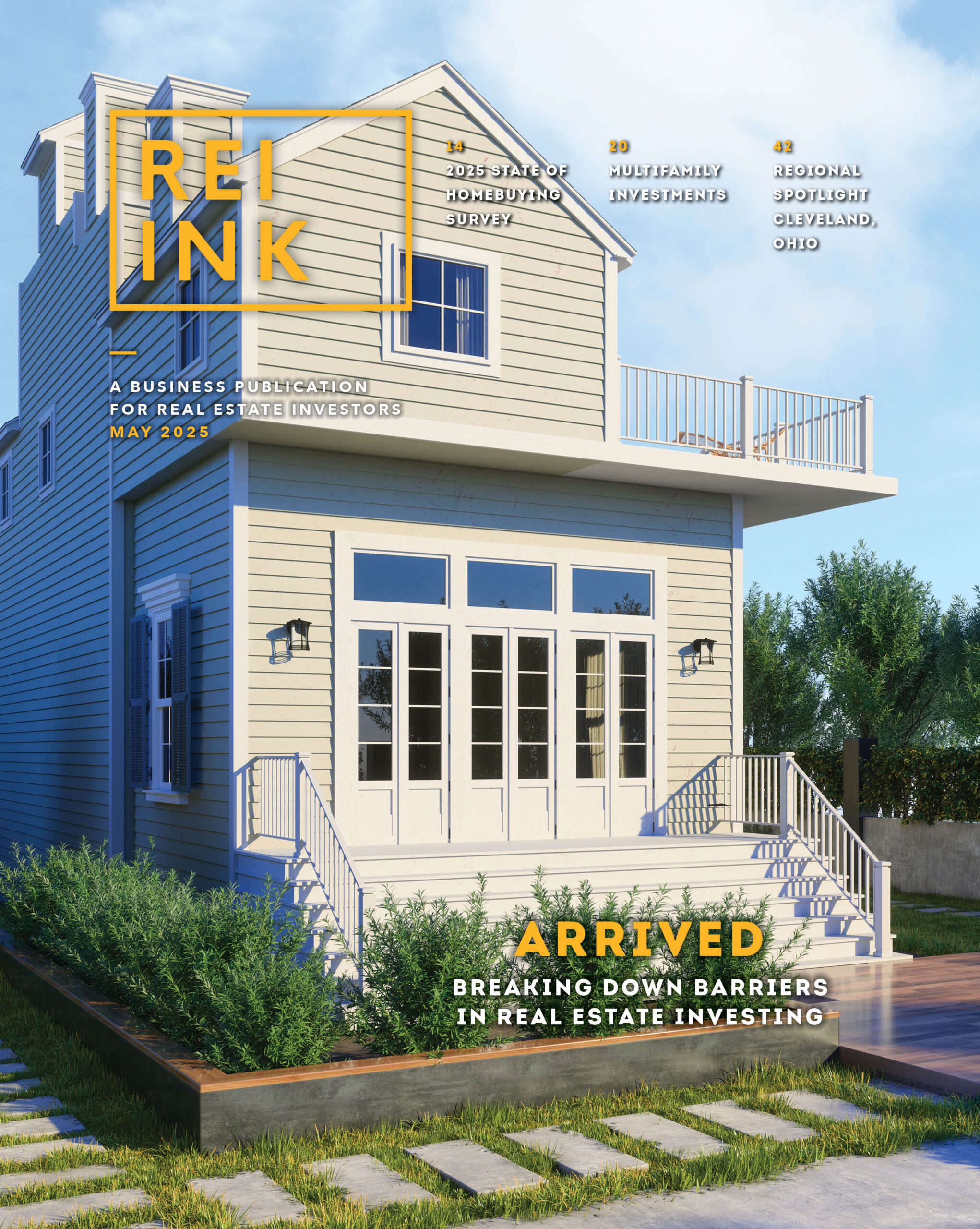How to Determine if An Investment Opportunity is a Good Deal or Not
Andrea Lane is a veteran investor with over 30 years of experience in residential real estate under her belt. She is the CEO and Founder of Coast 2 Coast Networking, the co-founder of many different real estate ventures, and today, she is using her skills and experience to help 100 people become millionaires by 2025. Listen to this episode for some golden nuggets from a real estate veteran, the best
Read More









